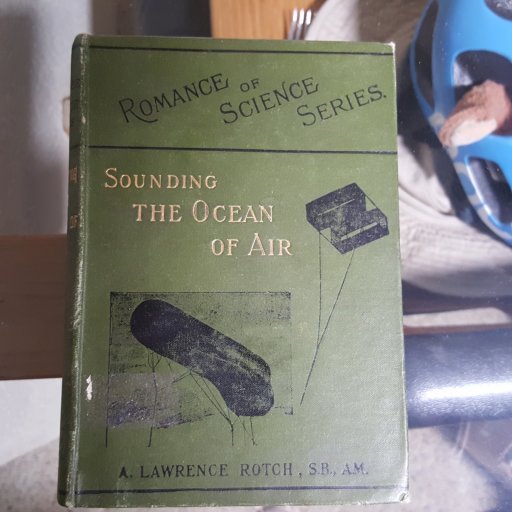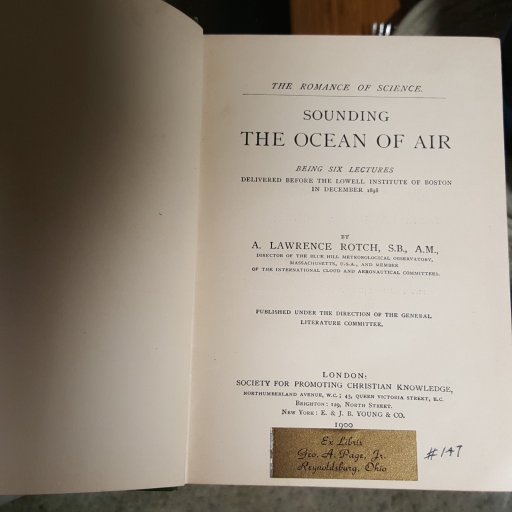Today (Thursday Oct 6th, 2016) marked the first significant contrail morning for several months here in El Dorado County, Northern California. The above photo on the right of criss-crossing contrails was taken at 7:30AM, and planes continued to leave trails for the next few hours. I took photos of the jets, and they were just regular air traffic, mostly Alaska or other regional jets flying north or south, often to or from Los Angeles. They were all in the range 36,000 to 39,000 feet.
But it's Thursday, and the air traffic on Wednesday was pretty much identical. So why were there trails this morning, but not yesterday morning?
The answer is quite straightforward. It's the upper air weather!
Upper air weather is different to the weather on the ground. At 35,000 feet up it's very cold (usually below -40°F/-40°C), the air is thinner, and the winds are stronger (often 50 to 100mph). Contrails need two things to form and persist. They need cold air, and they need that air to be humid. So what was the difference in upper air weather?
A great resource here is http://www.instantweathermaps.com/ which can provide three days worth of maps of weather conditions in the upper atmosphere. To get the most recent map or RH at cruise atltitudes, just go to:
http://www.instantweathermaps.com/GFS-php/showmap-conusupper.php?var=RH&lev=300mb
That takes you directly to Maps/GFS/CONUS/Upper Air.
(GFS = Global Forecast System, the most commonly use weather forecast. CONUS = Continental United States), you can also get there via the home page on the menu:
To get older maps from the past week you need to figure out the time. There are actually TWO things you have to select. Let's say we want 7AM this morning. First we need to convert to "Zulu" time, which is just GMT. We can do this with google, just type in "7AM PDT in Zulu", and it will tell you the Zulu time:
2PM, on the same day (sometimes it's already tomorrow in GMT, so you need to account for that). So that's 1400 hours, or 14Z. However the menu only lets us select in increments of six hours.
The reason for this is that the various physicals reading that the forecast is based on are only updated every six hours. After that it's "just" a forecast. We can adjust the time forecasted for, but we really only have the options of +0 hours, or +3 hours. So we pick the closest time and then (optionally) add three hours to it. In this case +3 will give us the closest, being equivalent to 8AM
So, select:
- 2016010-06 12Z - The closest base time
- Relative Humidity - The most important factor for contrails, we will look at temperature later.
- 300mb - This is pressure. 300mb is about 30,000 feet. 250mb would be a bit more accurate, but is not available for RH (it is for temperature)
- 3h - To get the time as close as possible. (Don't select "Loop" here unless you've paid for a subscription.)
- View Map
And here's the same map for the same time yesterday
So what's the difference? We need to look at the precise location. I'm about midway between San Francisco (which you can see as the Bay), and Tahoe (which is at the 45° angle on the California/Nevada Border). I've marked it here on both maps with a red dot. yesterday morning is on the left, then this morning on the right
So yesterday, the humidity at 300mb (around 30,000 feet) was in the 10% to 20% range. Today it was in the 50% to 60% range. Quite a significant difference. And if we look at the 6h forecast we can see that the humidity was increasing:
Here I've recolored the 70% band to make it more clear.
Now 70% RH is often given as a rule of thumb for persistent contrails. But the actual value depends on the temperature (and to a very small degree the pressure/altitude). The colder it is, the less the RH needs to be. In fact at -40C you only need 67.5% RH, and at -50C you will get persistent contrails at just over 60% RH. So we also need to know how cold it is/was.
Now I'm using 300mb maps for the RH, because that's all that is available. But that's only around 30,000 feet, lower than most of the contrail leaving flight I observed. So for temperature I'm going to use the 250mb maps, which are around 34,000 feet. We could also use 200mb, which is around 38,000 feet, but 250 is probably a good average.
We have today's upper air temperature:
And yesterday's
Quite unambiguously -50C there, which is -58F. Today is a bit colder than yesterday, but not a lot. The significant change has been in humidity. The air was cold enough both days, but yesterday was too dry.
So the very simple answer as to why there are contrails today but not yesterday is that the upper air weather directly overhead changed a bit.
[Update Oct 9th 2016]
The change in the weather was noticed by chemtrail enthusiast John Knox, who posted videos of the sky over Los Angeles Coast on two consecutive days, Oct 7 and Oct 8 (2016).
In the second video (with no contrails) he says he assumes the conditions are "damn near the same". But are they?
No time was given so let's go with 1PM, or 18:00 Zulu, here are the weather maps for RH at 300mb (around 30,000 feet).
On the 7th Los Angeles is right in the 70% zone. Ideal conditions for contrails to form in a clear blue sky. On the 8th it's in the 10% to 20% zone. Blue sky conditions.
To visualize how much it can changed from one day to the next, here's 72 hours (three days) of 30,000 foot RH. Green areas are the contrail areas. Brown areas are no contrails.
An entire series of comparisons like this was made by @Trailblazer, who matched the RH maps with his location in the UK.
https://www.metabunk.org/contrails-versus-humidity-a-timelapse-project.t6180/
For a variety of ways of getting the RH readings, see:
https://www.metabunk.org/relative-h...udes-resources-and-contrail-prediction.t8084/
Last edited:


